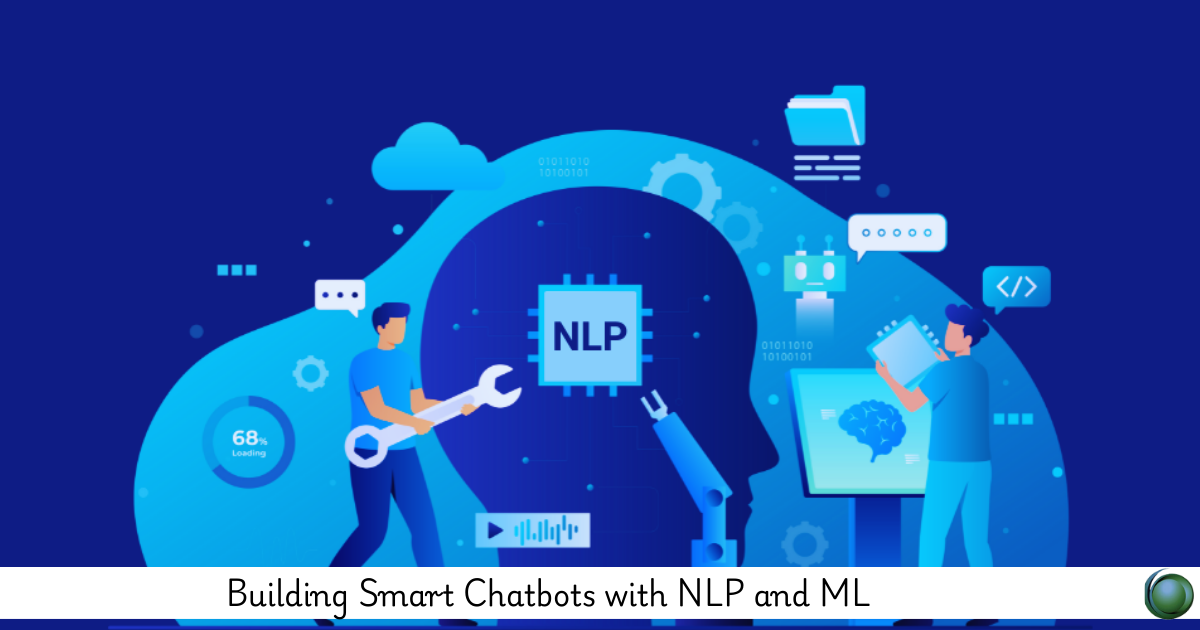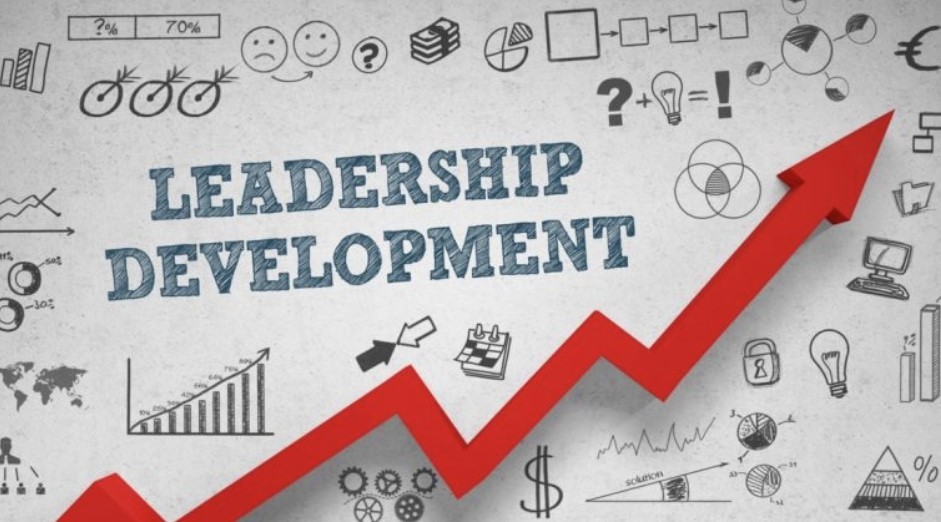Description
Introduction
Chatbots powered by Natural Language Processing (NLP) and Machine Learning (ML) are revolutionizing the way businesses interact with customers, offering personalized, real-time communication. This course focuses on the practical application of NLP and ML techniques to build intelligent, responsive chatbots that can understand, process, and respond to human input naturally. Participants will learn how to design, develop, and deploy chatbots that can be used in various industries such as customer service, healthcare, and e-commerce.
Prerequisites
-
Basic understanding of programming (preferably Python)
-
Familiarity with basic concepts of artificial intelligence, machine learning, and natural language processing
-
No prior chatbot development experience required
Table of Contents
-
Introduction to Chatbots and AI
1.1 What is a Chatbot?
1.2 Types of Chatbots: Rule-Based vs. AI-Based
1.3 Overview of Natural Language Processing (NLP) and Machine Learning (ML)
1.4 Use Cases of Smart Chatbots in Industry -
Fundamentals of NLP for Chatbots
2.1 NLP Basics: Tokenization, Lemmatization, and Stemming
2.2 Part-of-Speech Tagging and Named Entity Recognition (NER)
2.3 Vectorization Techniques: TF-IDF, Word2Vec, and GloVe
2.4 Understanding Context and Sentiment in Language -
Machine Learning for Chatbot Development
3.1 Supervised vs. Unsupervised Learning
3.2 Text Classification Algorithms
3.3 Training Chatbots Using ML Models
3.4 Evaluating and Fine-Tuning Models for Accuracy -
Building a Simple Rule-Based Chatbot
4.1 Introduction to Rule-Based Systems
4.2 Designing Decision Trees for Dialogue Management
4.3 Implementing Rule-Based Responses
4.4 Handling Basic User Queries -
Developing AI-Powered Chatbots with NLP
5.1 Using Pre-trained NLP Models (e.g., GPT, BERT)
5.2 Intent Recognition and Entity Extraction
5.3 Implementing Contextual Conversations
5.4 Training AI Chatbots for Dynamic Conversations -
Integrating Machine Learning into Chatbot Workflow
6.1 Building a Conversational Flow Using ML
6.2 Using Reinforcement Learning for Chatbot Improvement
6.3 Handling Multi-turn Conversations with ML
6.4 Real-Time Learning and Model Updates -
Deploying Chatbots on Messaging Platforms
7.1 Integrating with Popular Messaging Platforms (e.g., Slack, WhatsApp, Facebook Messenger)
7.2 Building APIs for Chatbot Interaction
7.3 Hosting and Scaling Chatbot Infrastructure
7.4 Monitoring and Analyzing Chatbot Performance -
Improving Chatbot Intelligence with Advanced Techniques
8.1 Implementing Named Entity Recognition (NER) for Better Responses
8.2 Sentiment Analysis and Emotion Detection
8.3 Adding Personalization to Chatbots Using Data
8.4 Handling Ambiguities and Errors in Chatbot Conversations -
Chatbot Testing and Optimization
9.1 Testing Chatbot Usability and Functionality
9.2 A/B Testing and User Feedback Integration
9.3 Analyzing User Interactions to Improve Chatbot Performance
9.4 Using Analytics for Continuous Optimization -
Ethics and Challenges in Chatbot Development
10.1 Ethical Considerations in AI and Chatbots
10.2 Data Privacy and User Consent in Chatbot Interactions
10.3 Addressing Bias in NLP and ML Models
10.4 The Future of Ethical AI and Chatbot Development -
Real-World Applications of Smart Chatbots
11.1 Customer Service Automation
11.2 Healthcare: Virtual Health Assistants
11.3 E-commerce: Personalized Shopping Assistance
11.4 Financial Services: AI Chatbots for Transactional Support -
Conclusion and Next Steps
12.1 Summary of Key Learnings
12.2 Future Trends in Chatbot Development
12.3 Resources for Continued Learning and Development
12.4 Building Your Own AI-Powered Chatbot
Building smart chatbots using NLP and ML opens up immense opportunities for automating interactions, enhancing user experiences, and providing personalized services. This course has provided participants with the knowledge and tools to design and deploy intelligent chatbots capable of handling complex interactions, offering scalability, and optimizing real-time user communication. By leveraging the power of NLP and ML, businesses can create smarter solutions that drive innovation and efficiency.







Reviews
There are no reviews yet.